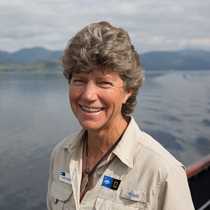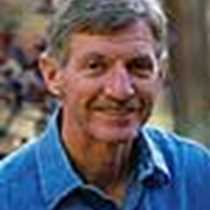Today was a full day, and a rather spontaneous one, with typical Scottish summer weather: sunshine mixed with heavy showers. Three seasons in a day (we were spared winter!) created a beautiful light across the hills – something the Highlands are known for. We started our day shortly after breakfast, boarding a coach to visit Clava Cairns and the Culloden Battlefield.
Clava Cairns is a late Neolithic/early Bronze Age site of burial cairns and standing stones. Three massive cairns dominate the site, originally constructed around 2000 B.C., two of them with passages aligned to catch the sun’s rays on the winter solstice. Over the next thousand years and more, the cairns were re-used for further burials, and other monuments and smaller cairns were built. Carol provided wonderful commentary on the site, and we all enjoyed a stroll around the cairns and stones under the cover of large beech and birch trees, planted by the Victorians. Trees didn’t grow here when the solar-aligned monuments were built!
From prehistoric times we then traveled forward to the 18th century and the Culloden Battlefield, the site of Bonnie Prince Charles’ last battle in his campaign to regain the throne for the Stuart Dynasty. The Jacobites, mostly Catholic, were supporters of the reign of King James of the Stuarts (Jacob being the Latin for James), over the Protestant rule that began with King William and Queen Mary. At Culloden in 1746, the government troops defeated the Jacobites in a brutal battle, which resulted in the suppression of Highland culture. The Culloden Visitor Centre is an award-winning museum, providing a detailed history of the battle and events leading up to the final conflict. The battlefield is a graveyard where many of those killed in the fight were buried.
We’ve now reached the spontaneous part of our day! The ship was unable to leave Muirtown Basin on the outskirts of Inverness due to a malfunctioning bridge. So it was off to Cawdor Castle for the afternoon and a journey through the past few centuries. According to myth (or maybe reality) Cawdor Castle was built by the Thane of Cawdor in the 16th century, who was instructed in a dream to load gold onto the back of a donkey and build the castle where the roaming beast decided to rest for the evening. The holly tree where the donkey lay down is preserved in the lower floors of the castle to this day. We had the chance to explore the castle then we enjoyed the extensive gardens and nature trails of the grounds, where giant Sequoias, cypress, and Douglas fir trees grow, brought in from across the globe.
Back on board, we were treated to a whisky tasting with assistant hotel-manager and bartender Andy. Andy shared his whisky-wisdom, explaining the making and tasting of this iconic drink. The day ended with music from a local cèilidh band, complete with fiddle, accordion, and an eight-year old percussion master who has been playing his drums and tambourine for most of his life.









